The history of Irish Americans in Boston is a compelling narrative that weaves through the fabric of the city, shaping its identity and contributing to its vibrant cultural mosaic.
From the waves of immigration driven by the Great Famine to enduring contributions in politics, labor, and culture, the Irish American presence has left an indelible mark on Boston’s historical tapestry.
This exploration delves into the multifaceted history of Irish Americans in Boston, illuminating the challenges they faced, the triumphs they achieved, and the enduring legacy that resonates through generations.
History Of Irish Americans In Boston
Boston has a deep-rooted connection with Irish American history, a legacy that has significantly shaped the city’s cultural fabric.
From waves of immigration to impactful political and social contributions, the Irish American community has left an indelible mark on Boston.
Here are some historical pieces of evidence illuminating the history of Irish Americans in the city:
Irish Immigration Waves
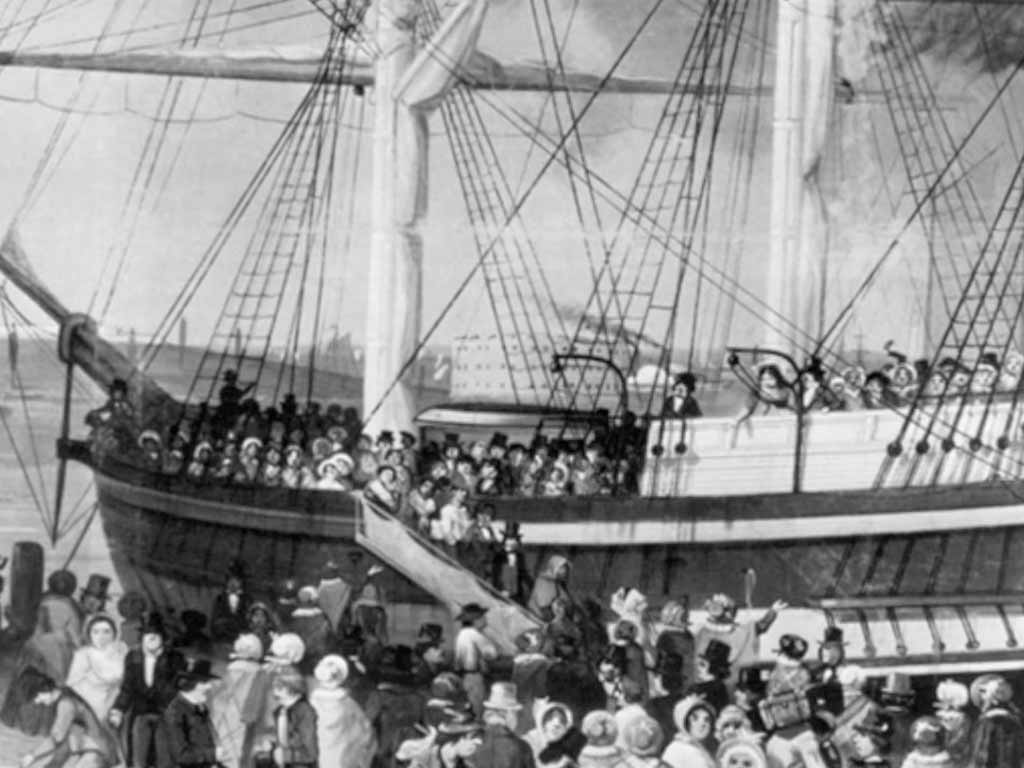
In the mid-19th century, Boston witnessed a substantial influx of Irish immigrants fleeing the Great Famine. The arrival of thousands shaped neighborhoods like South Boston and Charlestown, creating vibrant Irish communities that still endure today.
Boston’s Irish Famine Memorial
Erected in 1998, the Irish Famine Memorial in downtown Boston stands as a poignant reminder of the suffering endured by Irish immigrants during the Great Famine.
The memorial honors their resilience and underscores the lasting impact of Irish immigration on the city.
Role in Politics
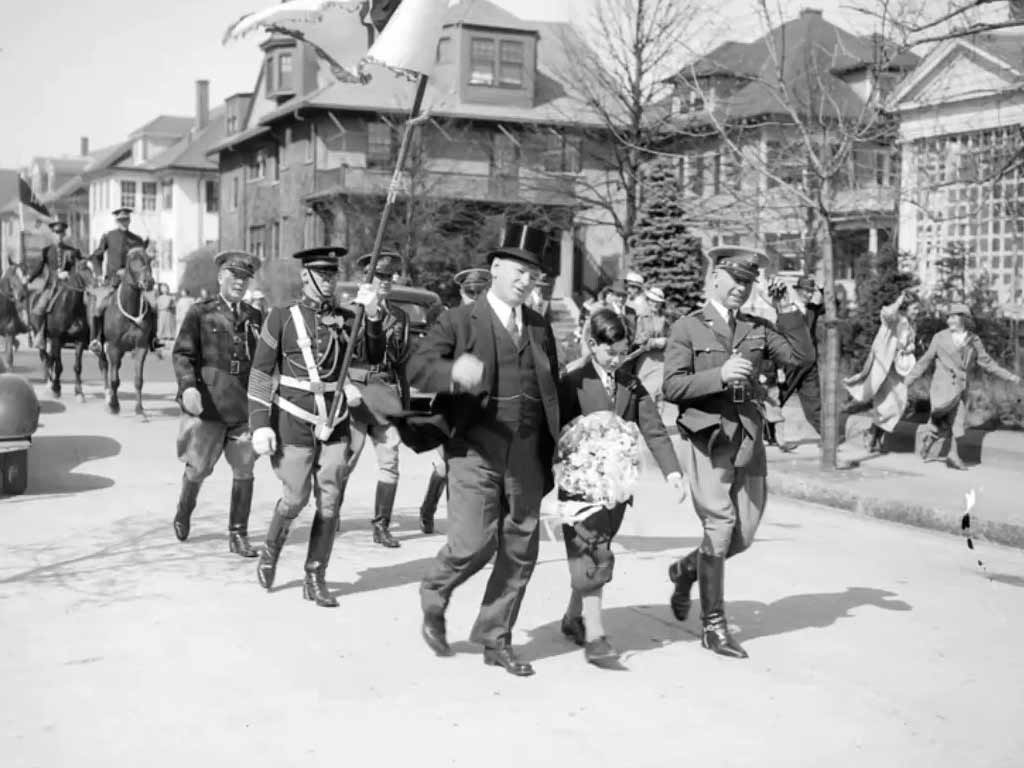
Irish Americans played a pivotal role in Boston’s political landscape. Prominent figures like James Michael Curley, a four-time mayor, and John F. Kennedy, the 35th President, exemplify the Irish American influence on Boston’s political history.
St. Patrick’s Day Parade
Boston’s St. Patrick’s Day Parade, one of the oldest in the country, reflects the city’s enduring Irish heritage. Dating back to 1901, the parade celebrates Irish culture and showcases the community’s pride, fostering a sense of unity among Bostonians.
Irish Cultural Institutions
Boston is home to various Irish cultural institutions, such as the Boston Irish Famine Memorial Committee and the Boston Irish Tourism Association.
These organizations actively preserve and promote Irish heritage through events, exhibitions, and educational programs, ensuring the continued celebration of Irish American contributions to the city.
Labor and Infrastructure Contribution
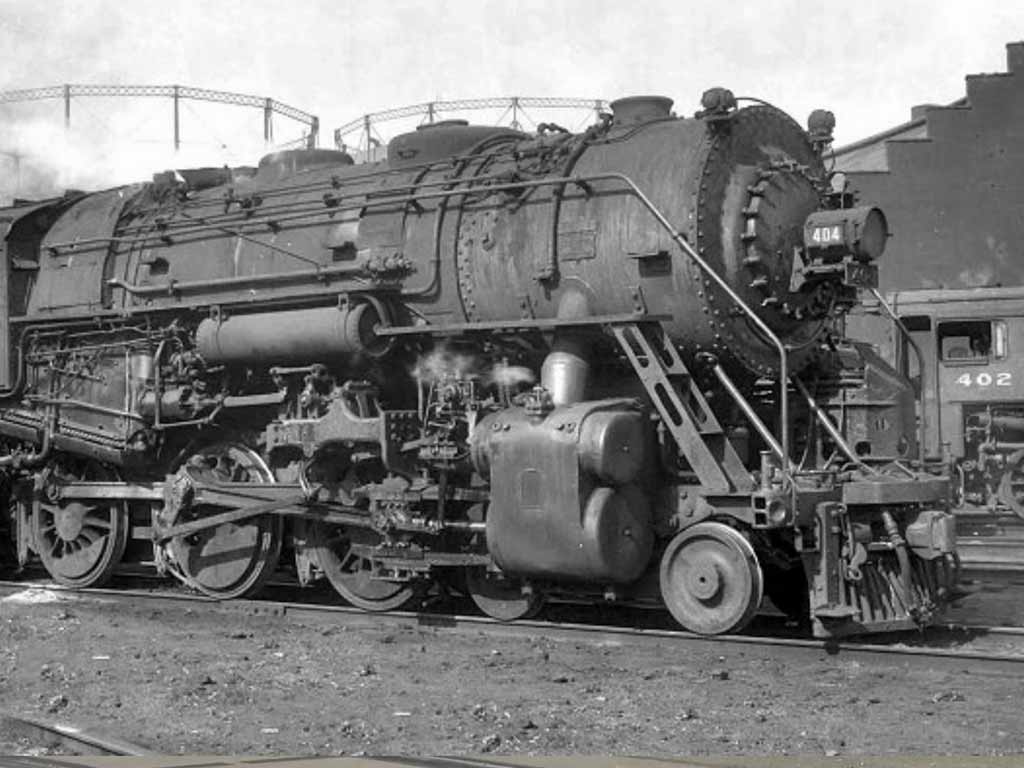
Irish immigrants played a crucial role in building Boston’s infrastructure, notably contributing to projects like the construction of the Boston and Albany Railroad and the Boston Common. Their labor and skills left an indelible mark on the city’s architectural development.
Anti-Irish Sentiment and Activism
The Irish faced discrimination and anti-immigrant sentiment, notably during the 19th century.
This period of adversity prompted Irish Americans to engage in activism, advocating for their rights and contributing to the broader struggle for immigrant acceptance and integration.
Educational Institutions
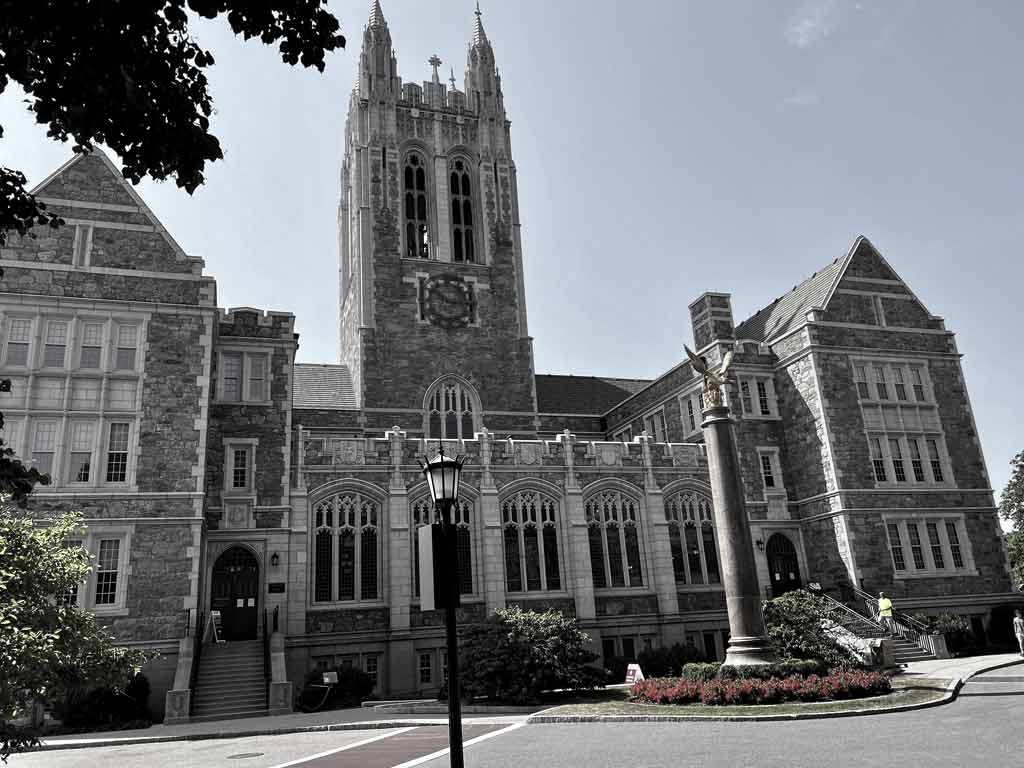
The Irish American community has been integral to establishing and developing educational institutions in Boston.
Schools like Boston College, founded by Jesuits of Irish descent in 1863, stand as a testament to the enduring impact of Irish Americans on the city’s academic landscape.
Religious Influence
The Irish have significantly shaped the religious landscape of Boston. St. Leonard’s Church in the North End, built by Irish immigrants, and the prominence of Irish Americans in the Catholic Church underscore their enduring influence on the city’s religious institutions.
Cultural Celebrations Beyond St. Patrick’s Day
While St. Patrick’s Day is a prominent celebration, the Irish influence extends beyond this single event.
Irish cultural festivals, music, dance, and literature events throughout the year showcase the depth of Irish heritage in Boston, fostering a sense of community pride and connection.
Irish Music and Entertainment

The influence of Irish culture on Boston’s entertainment scene is evident through traditional Irish music and dance.
Irish pubs, such as The Burren in Somerville, serve as cultural hubs, hosting live performances and fostering a sense of community through shared heritage and music.
Military Service
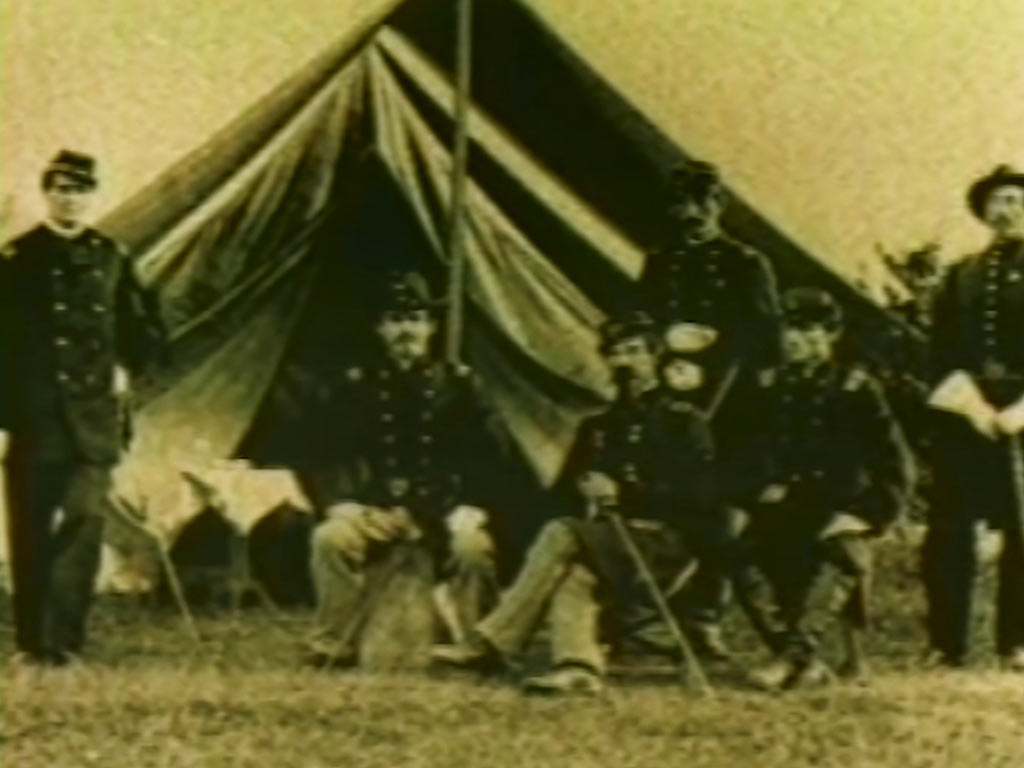
Irish Americans have a storied history of military service in Boston. From the Irish Brigade’s participation in the Civil War to the contemporary contributions of Irish Americans in the armed forces, their dedication to defending the nation has been a consistent thread in Boston’s history.
Labor Movement Contributions
Irish Americans were instrumental in the labor movement, advocating for workers’ rights and fair treatment.
Figures like Mary Kenney O’Sullivan, an Irish American labor leader, played a crucial role in shaping the city’s labor landscape, contributing to the broader fight for workers’ rights.
Irish Influence on Boston’s Cuisine
The culinary landscape of Boston reflects the enduring influence of Irish Americans. From traditional Irish fare in neighborhood pubs to modern interpretations of Irish cuisine in upscale restaurants, the city’s gastronomic scene is enriched by the culinary traditions brought by Irish immigrants.
Historical Landmarks
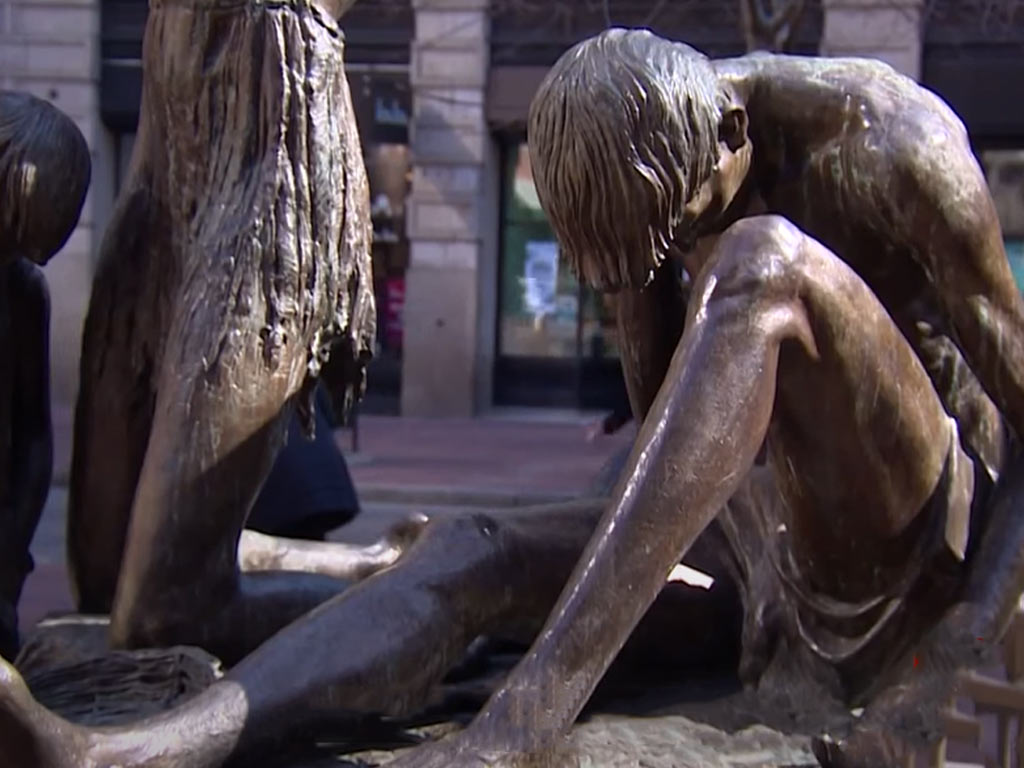
Landmarks like the Boston Irish Famine Memorial and the Charlestown Navy Yard, where the USS Constitution (Old Ironsides) was restored with the help of Irish immigrant labor, serve as tangible reminders of the Irish American impact on the city’s history and development.
Why Did Irish People Come To Boston?
The influx of Irish immigrants to Boston during the 19th and early 20th centuries played a pivotal role in shaping the city’s demographic and cultural landscape.
The reasons behind this migration are deeply rooted in historical circumstances, encompassing factors that ranged from economic hardships to seeking better opportunities in the New World.
Here are some descriptions of this:
The Great Famine (1845-1852)
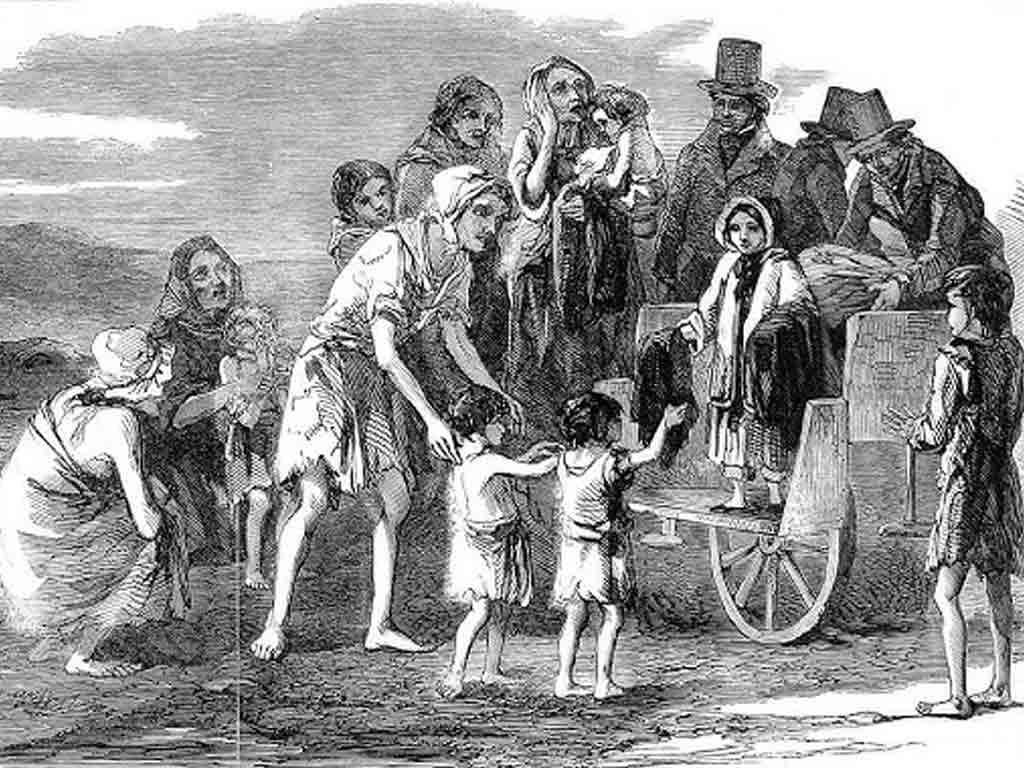
The Irish Potato Famine, a catastrophic event that led to widespread famine and disease in Ireland, prompted a significant wave of Irish migration to escape the dire economic conditions.
Boston, with its growing economy and port facilities, became a beacon of hope for those seeking refuge from the devastating effects of the famine.
Economic Opportunities
Boston’s burgeoning industrialization and economic expansion in the mid-19th century offered Irish immigrants the prospect of employment.
Drawn to opportunities in construction, factories, and domestic service, many sought to improve their economic prospects and escape the poverty-stricken conditions prevailing in Ireland.
Escape from Political Turmoil
Political instability and socio-economic disparities in Ireland, coupled with anti-Catholic sentiment and discrimination, prompted Irish Catholics to seek refuge in Boston.
The promise of religious freedom and a chance to escape political unrest influenced many Irish immigrants to make the transatlantic journey to the United States.
Construction of Infrastructure
The growing demand for labor, particularly in the construction sector, attracted Irish immigrants to Boston. Many Irish laborers played a crucial role in building the city’s infrastructure, including roads, bridges, and the emerging railway system.
Their contributions left an enduring mark on the physical and economic development of Boston.
Establishment of Irish Communities
Boston’s existing Irish American community and the establishment of Irish neighborhoods like South Boston created a supportive environment for incoming immigrants.
The presence of a familiar cultural community facilitated the integration of new arrivals, providing a sense of belonging and mutual assistance.
Escape from Landlordism and Poverty
Many Irish immigrants came to Boston to escape the harsh conditions of landlordism in Ireland.
Facing exploitation by landlords and the inability to own land, they sought refuge in Boston, where the promise of land ownership and economic mobility beckoned, providing a stark contrast to the challenges in their homeland.
Anti-Catholic Discrimination
Anti-Catholic sentiment and discrimination against Irish Catholics in Ireland fueled the desire to seek religious freedom in Boston.
The city, with its burgeoning reputation for religious tolerance, became a haven for those looking to practice their faith without fear of persecution, contributing to the diverse religious landscape of Boston.
Family Reunification
The separation of families due to economic hardships and the Great Famine prompted many Irish immigrants to reunite with relatives who had already settled in Boston.
The prospect of finding support and community within established family networks served as a compelling incentive for individuals to make the arduous journey across the Atlantic.
Opportunities in Domestic Service
Boston’s growing middle class in the mid-19th century created opportunities for Irish immigrants in domestic service.
Many Irish women found employment as domestic workers, contributing to the city’s expanding service sector while seeking economic stability and social mobility for themselves and their families.
Building Community in South Boston
The establishment of South Boston as an Irish stronghold played a crucial role in attracting Irish immigrants.
The creation of a tight-knit Irish community in South Boston provided a supportive environment where newcomers could find familiarity, camaraderie, and assistance as they navigated the challenges of adapting to a new country.
In essence, the Irish migration to Boston was a multifaceted response to a combination of economic hardships, religious freedom aspirations, family reunification, employment opportunities, and the promise of community support.
The lasting impact of these motivations reverberates in the rich cultural tapestry of Boston today.
FAQs
How did Irish Americans contribute to Boston’s political history?
Irish Americans played a significant role in Boston’s political landscape, producing influential figures like James Michael Curley and John F. Kennedy. Their political engagement shaped policies that reflected the community’s interests and contributed to the broader American political narrative.
What challenges did Irish immigrants face in Boston?
Irish immigrants faced challenges such as discrimination, anti-Catholic sentiments, and economic struggles. Despite adversity, they persevered, contributing to the city’s growth in various sectors.
What cultural impact did Irish Americans have on Boston?
Irish Americans enriched Boston’s cultural tapestry through traditions, music, and festivities. Events like the St. Patrick’s Day Parade and the prevalence of Irish pubs underscore the lasting cultural influence of the Irish American community.
How did Irish Americans shape Boston’s labor movement?
Irish Americans played a vital role in Boston’s labor movement, advocating for workers’ rights and fair treatment. Their contributions influenced the city’s labor landscape, fostering a legacy of resilience and activism.
What landmarks in Boston reflect Irish American history?
Landmarks such as the Irish Famine Memorial and historic neighborhoods like South Boston serve as tangible reminders of Irish Americans’ contributions to Boston’s history, preserving their enduring legacy in the city.
Conclusion
The history of Irish Americans in Boston stands as a testament to resilience, cultural richness, and the profound impact of immigration on urban development.
From overcoming adversity during the Great Famine to influencing the political landscape and contributing to Boston’s economic growth, the Irish American community has played a pivotal role in shaping the city’s narrative.
Their traditions, stories, and enduring spirit continue to enrich Boston, fostering a diverse and inclusive identity that reflects the profound influence of Irish Americans on the city’s past, present, and future.
Jaclyn Lowe